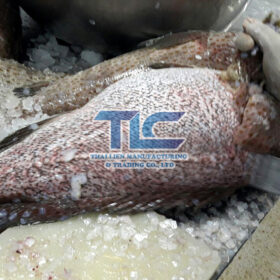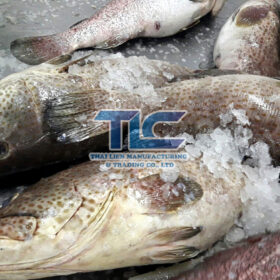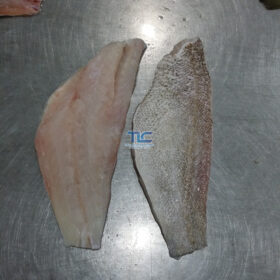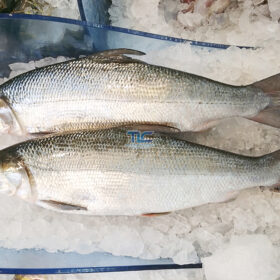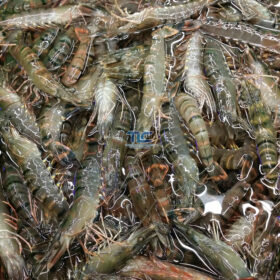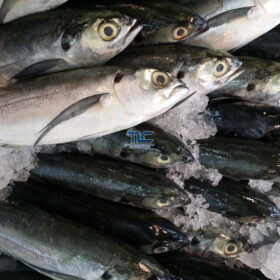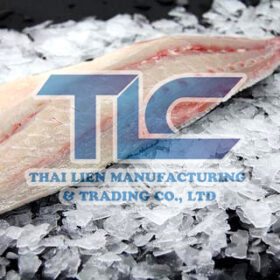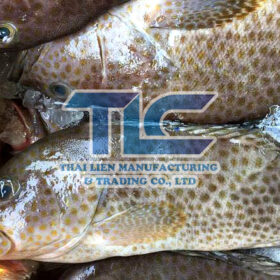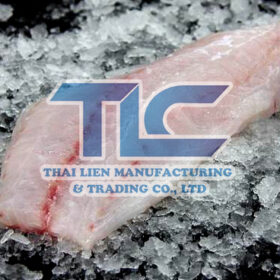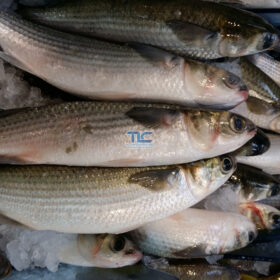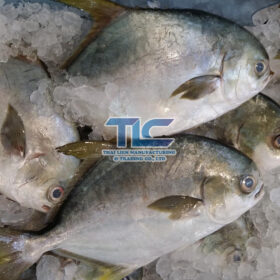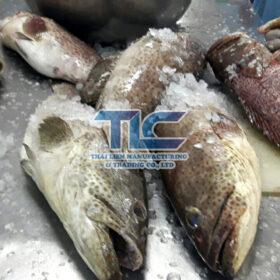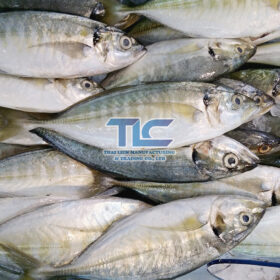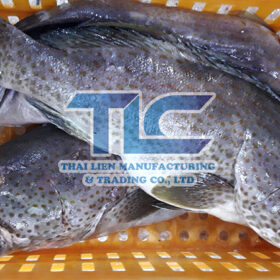Analyzing the Seafood Export Situation in Vietnam in 2023
In the bustling world of global trade, Vietnam has established itself as a prominent player in the seafood export industry. The year 2023 marks a significant juncture for this Southeast Asian nation, with its seafood export sector poised for growth and transformation. In this comprehensive analysis, we delve into the current state of seafood export in Vietnam, shedding light on the key factors contributing to its success and challenges that lie ahead.
Vietnam’s Ascendancy in Seafood Exports
Vietnam’s rise as a seafood exporting powerhouse can be attributed to a myriad of factors. The country boasts an extensive coastline of over 3,200 kilometers, rich in aquatic resources that form the foundation of its seafood industry. With favorable geographical conditions, Vietnam is well-suited for aquaculture and fisheries, enabling it to meet the global demand for seafood products.
Abundant Seafood Resources
Vietnam’s diverse marine ecosystem is a treasure trove of seafood resources. From shrimp and prawns to fish and crabs, the country’s waters teem with an array of delectable marine life. This abundance allows Vietnam to cater to a wide range of tastes and preferences in the global market.
Competitive Labor Force
One of Vietnam’s key strengths in the seafood export industry lies in its highly skilled and cost-effective labor force. The country’s workforce is well-trained in seafood processing techniques, ensuring that products meet international quality standards while remaining competitively priced.
Government Support and Infrastructure
The Vietnamese government has played a pivotal role in the growth of the seafood export sector. It has implemented policies that promote investment in infrastructure, such as modern processing plants and cold storage facilities. These investments have improved the quality and shelf life of seafood products, making them more appealing to international buyers.
Challenges on the Horizon
Despite its remarkable success, Vietnam’s seafood export industry faces certain challenges in 2023 that demand careful consideration and strategic planning.
Environmental Concerns
As the global community becomes increasingly aware of environmental issues, sustainability in seafood production is paramount. Overfishing and improper aquaculture practices can lead to ecological imbalances and harm the reputation of Vietnam’s seafood industry. Thus, sustainable practices and responsible fisheries management must be prioritized to maintain long-term growth.
International Regulations
The international seafood trade is subject to stringent regulations and standards imposed by various countries and organizations. Compliance with these regulations is essential for market access. Navigating the complex web of international trade rules and sanitary measures remains a challenge for Vietnam’s seafood exporters.
Competitive Global Market
Vietnam faces stiff competition from other seafood-exporting nations, such as Thailand, China, and Indonesia. To maintain its market share and continue its growth trajectory, Vietnam must focus on product diversification, quality assurance, and branding.
Strategies for Ongoing Success
To ensure continued growth and a strong presence in the global seafood export market, Vietnam must adopt strategic approaches that address the challenges mentioned above.
Sustainability Initiatives
Vietnam should invest in sustainable seafood farming and fishing practices. Implementing certifications like the Marine Stewardship Council (MSC) and Aquaculture Stewardship Council (ASC) can enhance the reputation of Vietnamese seafood products as environmentally responsible choices.
Regulatory Compliance
A dedicated regulatory compliance team should be established to stay abreast of evolving international standards and regulations. This team can help streamline export processes and ensure that Vietnamese seafood products consistently meet global requirements.
Branding and Marketing
Effective branding and marketing strategies are essential for differentiating Vietnamese seafood in the global market. Highlighting the country’s commitment to quality, sustainability, and traditional flavors can help establish a unique identity.
Conclusion
In the ever-evolving landscape of seafood exports, Vietnam stands as a formidable player. Its natural resources, skilled workforce, and government support have paved the way for significant growth. However, the industry must remain vigilant in addressing challenges related to sustainability, regulations, and competition to secure its position on the global stage.
As Vietnam’s seafood export sector continues to thrive in 2023, a proactive approach that emphasizes sustainability, compliance, and branding will be key to maintaining its competitive edge.

